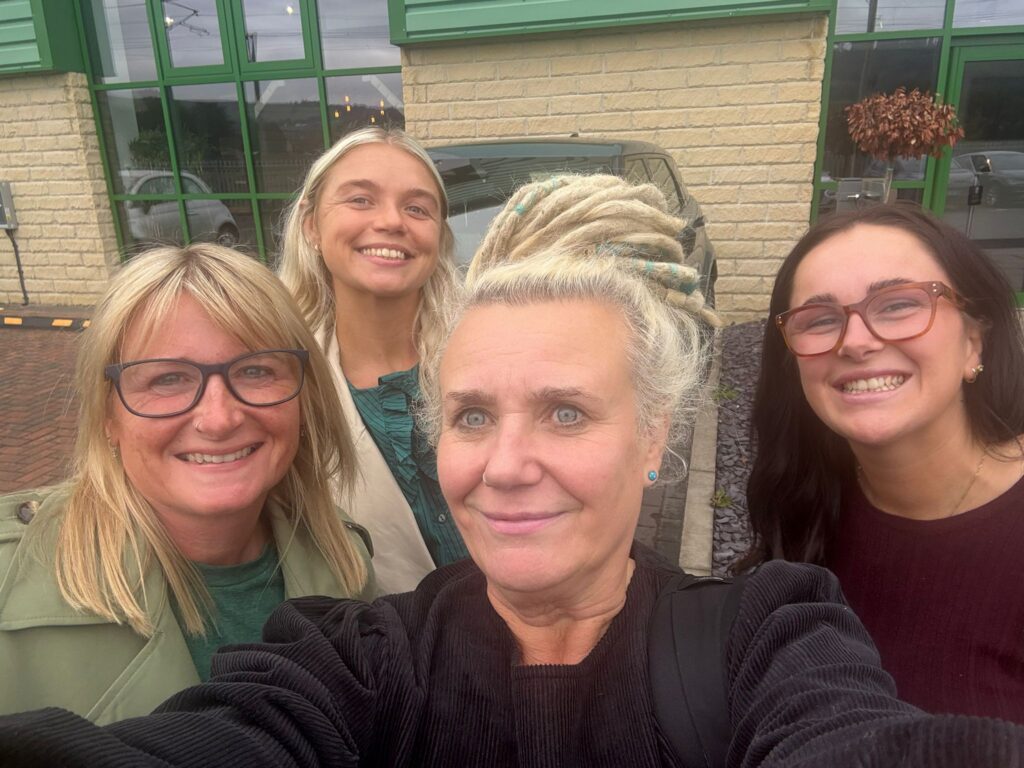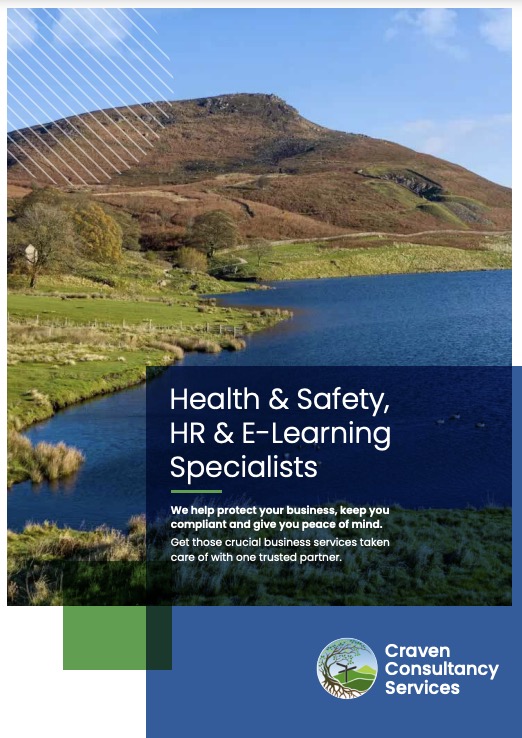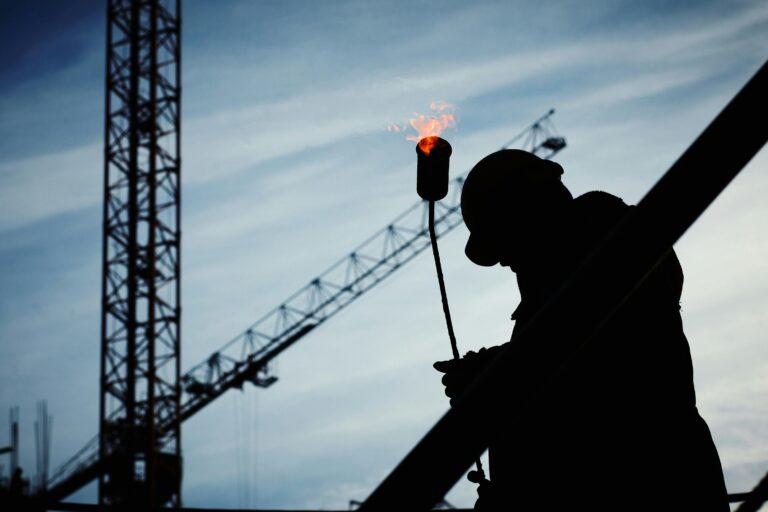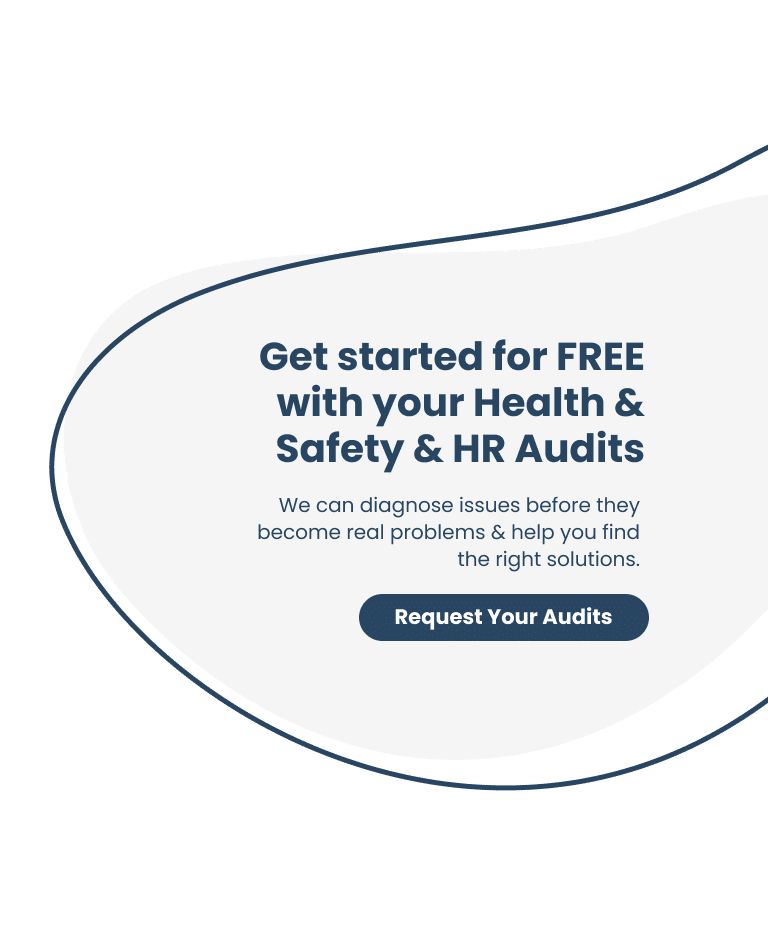As a health and safety advisor, one of the most critical responsibilities we have is ensuring that workplaces are safe for all employees. Despite our best efforts to implement preventive measures, accidents can still occur. When they do, accident investigation becomes a vital tool—not just for understanding what went wrong but also for preventing future incidents.
In this blog, we’ll share why accident investigation is crucial from a health and safety advisor’s perspective and how it can significantly enhance workplace safety.
Identifying Root Causes
One of the primary purposes of an accident investigation is to uncover the root causes of the incident. Often, accidents are not the result of a single mistake, but could be a combination of factors—unsafe conditions, human error, insufficient training, or inadequate safety measures. By investigating the incident thoroughly, we can identify these underlying issues and address them before they lead to another accident.
For example, if a worker slips due to wet flooring, the immediate cause is clear. But an investigation might reveal that a company had failed to implement adequate drainage, or perhaps employees weren’t trained on proper cleaning protocols. Identifying these deeper causes can lead to long-term improvements in workplace safety.
Improving Safety Procedures
When an accident occurs, it’s essential to review the existing safety procedures and assess their effectiveness. Accident investigations provide valuable insights into how well current safety protocols are being followed and whether they are adequate for the risks workers face.
Health and safety advisors often see opportunities to revise procedures based on findings from accident investigations. Perhaps there was a failure in communication, or a tool was not properly maintained. These lessons help us refine safety processes, implement new training programs, and ensure better practices moving forward.
Compliance with Legal and Regulatory Requirements
In many industries, accident investigations are not just best practice—they’re a legal requirement. Health and safety legislation in many countries, including the UK’s Health and Safety at Work Act 1974 and the Reporting of Injuries, Diseases and Dangerous Occurrences Regulations (RIDDOR), mandates that certain types of workplace accidents must be reported and investigated.
Failing to carry out a proper investigation or to report findings could lead to severe legal consequences, including fines or sanctions. As a health and safety advisor, it’s crucial to ensure that investigations are thorough and documented correctly, helping the organisation stay compliant with regulations and avoid potential legal liabilities
Promoting a Safety Culture
Accident investigations don’t just identify what went wrong—they also provide an opportunity to foster a culture of safety within the organisation. When investigations are handled transparently, employees see that safety is taken seriously and that their wellbeing is a priority.
A transparent investigation process can also encourage employees to speak up about hazards or any unsafe practices they notice. By involving employees in the process and sharing the results of investigations, we can reinforce that safety is a shared responsibility, which ultimately leads to a safer work environment.
Preventing Future Accidents
The ultimate goal of any accident investigation is to prevent similar incidents from happening again. Once the root causes are identified, corrective actions can be taken—whether that’s improving equipment, enhancing training, or altering processes.
For example, if an investigation reveals that lack of proper equipment led to an accident, steps can be taken to ensure that the right tools are provided in the future. If poor supervision was a factor, management may need to invest in additional training or improve oversight practices.
By acting on the findings of an accident investigation, we can prevent the same mistakes from occurring and create a safer environment for everyone.
Enhancing Risk Management
Accident investigations can also help to identify broader risks that may not have been previously apparent. A near-miss, or small incident often provides valuable insights into potential hazards that could lead to a more serious accident. By investigating these situations, we can improve our overall risk management strategies and reduce the likelihood of future incidents.
In this way, regular investigations don’t just react to accidents; they become a proactive part of a continuous improvement process, helping to strengthen the entire safety management system.
Conclusion
Accident investigations are essential in ensuring the health and safety of workers. As a health and safety advisor, I view them as a critical tool not just for compliance, but for learning, improving, and fostering a culture of safety. The insights gained from a thorough investigation can prevent future incidents, improve safety measures, and ultimately save lives.
In a workplace committed to safety, every accident—no matter how small—is an opportunity for improvement.
Safety is not just about preventing accidents; it’s about learning from them and evolving to create a safer environment for everyone.
If you’re looking to implement an unstoppable Health and Safety and HR duo to help look after your workplace and people, then look no further than Craven Consultancy Services. With our joint retainer you can be sure that these core arms of your business can make your workplace safer and healthier for everyone.
Thank you for reading.













